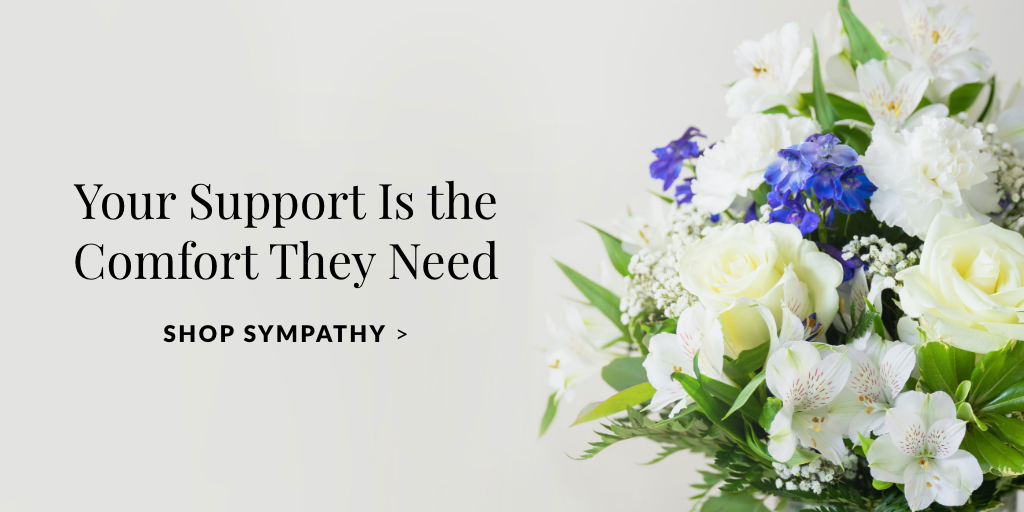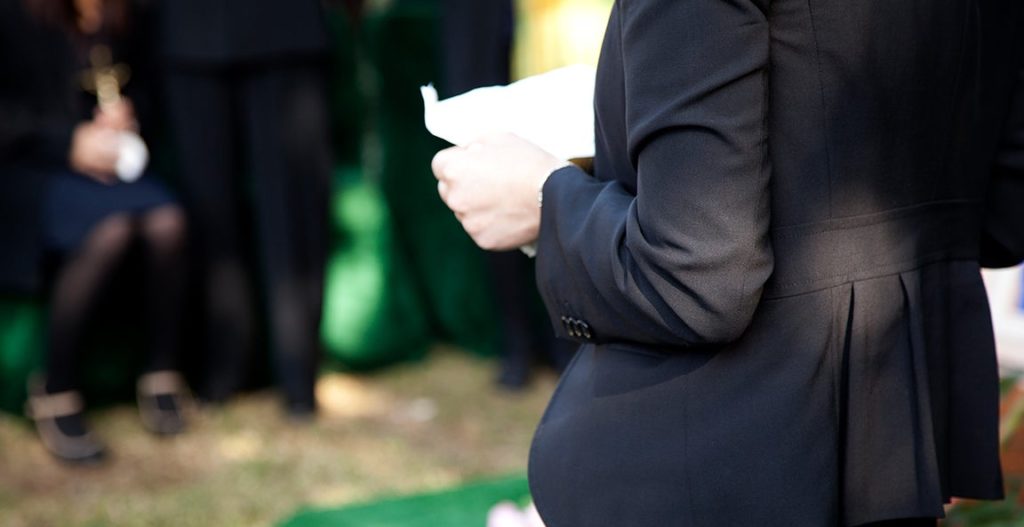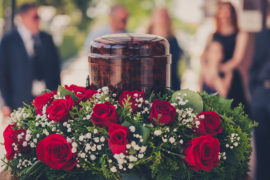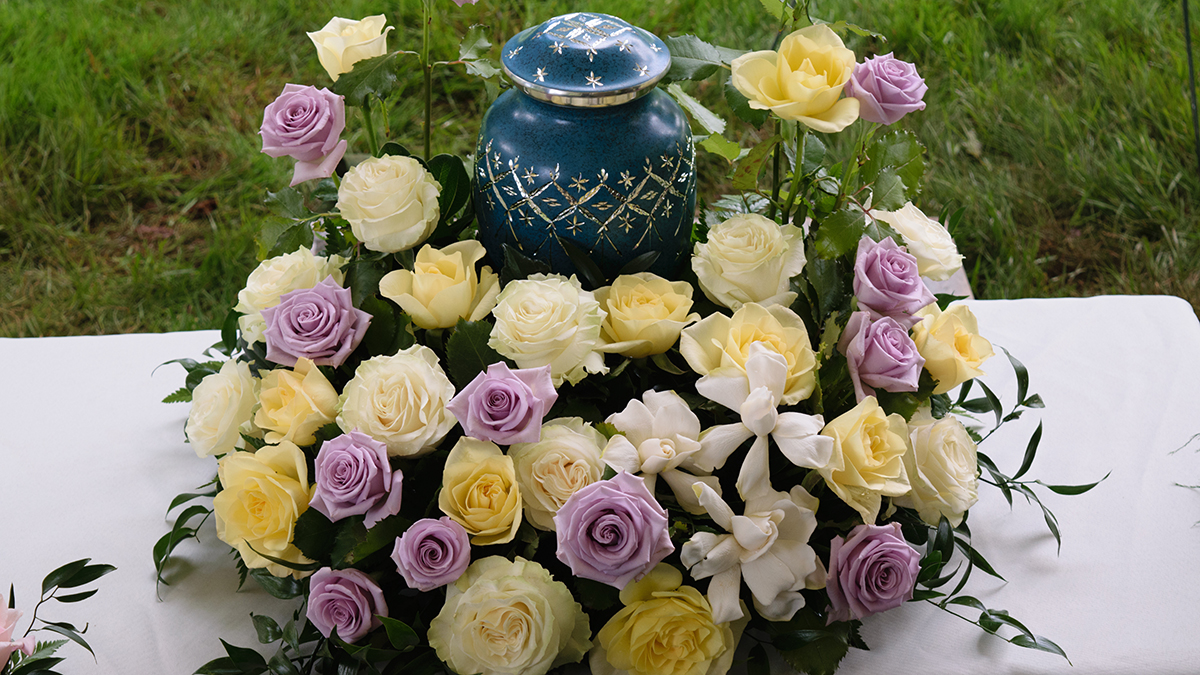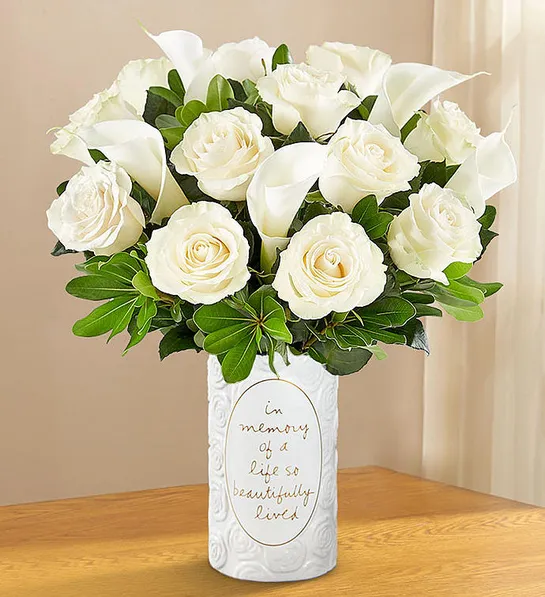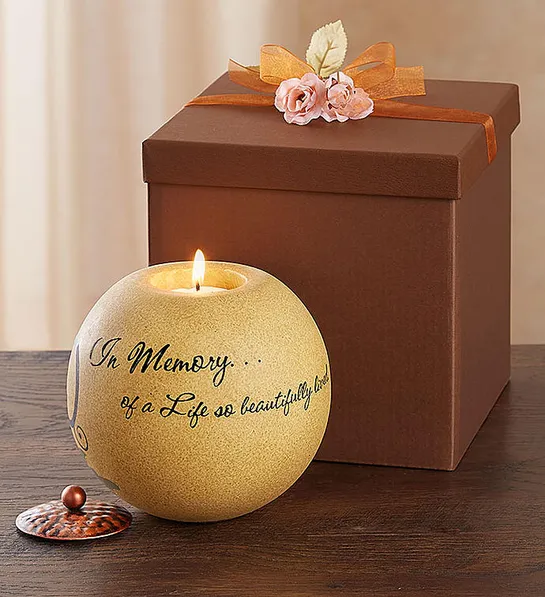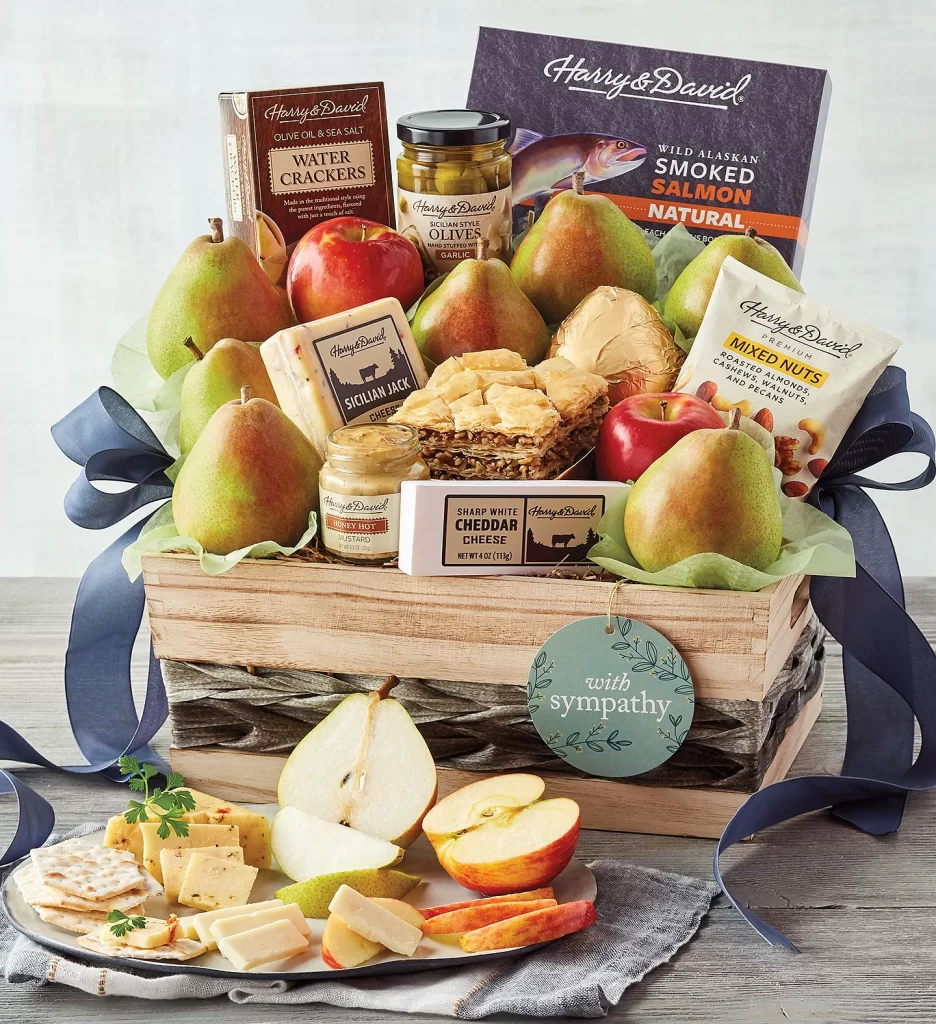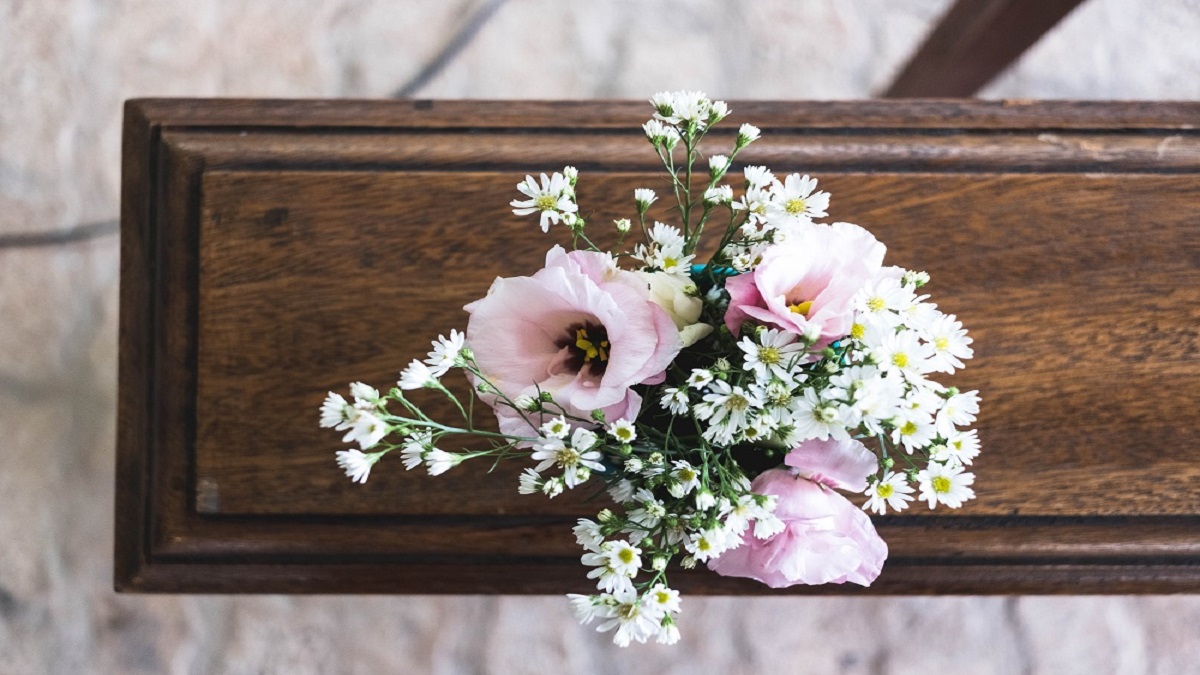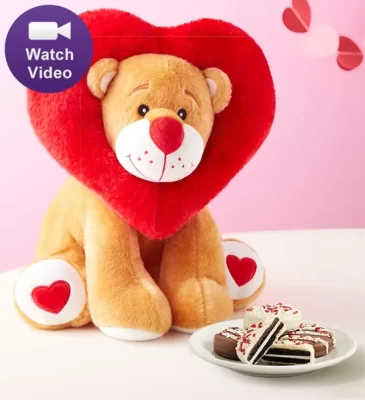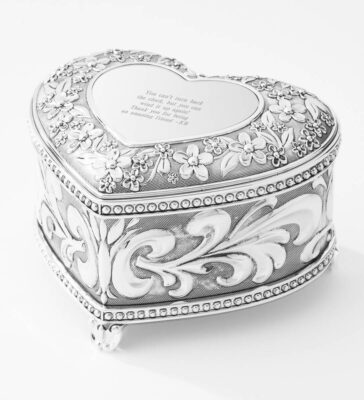We often think of funerals and memorial services as opportunities to honor our loved ones, but often these services are a time for healing and acceptance, and can prove to be a vital part of the grieving process. Services provide an outlet for our emotions and help us come to terms with our loss, as well as provide us with the opportunity to connect with family and friends, all of whom may also be in need of support.
Every culture and religion has its own sympathy practices and traditions for mourning, which is important to remember when attending a memorial service or funeral for someone outside your own ethnicity or religious faith. Learning and understanding proper sympathy etiquette will help you better express your sympathy and ensure that your thoughts and well wishes reach grieving friends and family members.
It’s also important to remember that each service or ceremony is as unique as the individual whose life it celebrates, and often the deceased’s personality will shine through, regardless of religious practices or ethnic background. Etiquette for expressing sympathy varies from family to family. Depending on the family, the circumstances, as well as the funeral or service type, it may be appropriate to send flowers or gifts to the funeral home or the home of the bereaved. In most cases, it’s not necessary to send flowers right away, as the family of the deceased will be receiving an abundance of flowers in the days leading up to the funeral or memorial service. Waiting until the initial shock of death has faded to send expressions of sympathy may be a wise choice, as it’s never too late to offer your condolences and continued support.
Below is a helpful guide to the various types of funerals and memorial services, each with its unique sympathy etiquette.
Wake/Visitation
Location: Funeral home/Funeral home chapels
Traditional wakes or visitation hours are most often held at the funeral home itself or, infrequently, at the home of the deceased or an immediate family member. Most commonly referred to as a viewing or wake, this type of service gives friends and loved ones an opportunity to say one last goodbye to the deceased, as well as provides mourners a chance to offer support to one another. Visitation hours are most often held a few days before the funeral service and typically last a few hours.
Mass or memorial
Location: Religious place of worship (e.g. church, synagogue, temple)
It is common for funeral services to be held first at the funeral home and then, later, at a church or place of worship, where a full or condensed religious service is performed. These types of services are most frequently held early in the morning and are attended by immediate family members and close friends. Following the service, attendees typically, but not always, drive in a procession to the cemetery or burial site. Often, a funeral home or church staff takes on the responsibility of transporting flowers from the funeral service to the gravesite.
Burial service at the cemetery
Location: Cemetery/Cemetery chapel/Gravesite
Sometimes memorial services are conducted at the site of internment, and other times a funeral procession from a church or place of service arrives at the gravesite following a ceremony. In both cases, the burial site is the location of the final service where a prayer or military honor may be preformed. Following the funeral service, the deceased is either interred or has their ashes scattered on site, or given to the family.
Cremation services
Cremation is a common practice during which the deceased’s body is reduced to ashes by means of a burning ritual. It is generally carried out in a crematorium furnace or crematory fire and is an alternative to burial or the funeral rite of burial. Cremations often have viewing hours and funeral services prior to the scattering of the ashes or receiving of the ashes by the deceased’s family. Regardless of whether the deceased is buried or cremated, sending flowers is proper sympathy etiquette.
Cremation with traditional funeral
In the case that a cremation is held with a traditional funeral service, an open casket viewing may or may not be held. In either instance, flowers and sympathy etiquette are the same as with a traditional funeral service which includes internment.
Cremation with memorial service
A memorial service often has a cremation urn as well as flowers, photos, and other mementos of the deceased on display. It’s best to determine whether or not an urn will be included in the memorial service so you can work with the funeral director to design the appropriate floral arrangement for that particular display and service.
What to send
Cremation wreaths are specially designed to decorate an urn or framed photo. Such arrangements are typically ordered by the family in lieu of a casket spray. Appropriate expressions to send to a cremation memorial service are standing sprays, floor and fireside baskets, and vase arrangements and potted plants.
Direct cremation
In the case of a direct cremation, families sometimes forego holding a funeral service or memorial service. Oftentimes, the immediate family has a floral arrangement specially designed to display with the urn. Even if there is no planned funeral or memorial service, it’s still appropriate to send an expression of your sympathy to the home of the bereaved.
What to send
Gourmet sympathy baskets, potted funeral plants, vase arrangements, memorial trees, and small tokens of remembrance are all appropriate expressions of sympathy, and can be sent to the home of the deceased at any time, regardless of whether services are being held.
Life celebration
Location: Funeral home, family’s home, park, restaurant, beach, or any location chosen by the immediate family as a place to congregate for to pay last respects and celebrate the individual’s life
The purpose of a life celebration is just as the name suggests — to honor and celebrate the life of the deceased. These unique memorials are tailored to the specific interests of the individual being celebrated and may include special music, food, or activities that reflects the deceased’s personality.
What to send
For a life celebration, expressions should reflect the individual in some way. These may include an arrangement made up of their favorite flower and can be traditional (lilies in a vase) or more celebratory. Either way, your expression should be one of meaning and reflect your unique relationship to the deceased.
Military/Armed forces
A military funeral is often performed if the deceased was a member the armed forces. The specific rituals performed are often reflective of the deceased’s rank, whether the person was on active duty when he or she passed, as well as in which branch he or she served. Gun salutes, drumming, and the draping of a nation’s flag over the coffin are common military funeral honors. It’s important to note that funeral flowers are never laid on top of the flag, and you won’t see flowers on a casket covered by the flag. Instead, standing arrangements and baskets are the most appropriate expression for military funeral services.
What to send
It’s appropriate to send traditional standing sprays, floor or standing baskets, standing wreaths, fireside baskets, and red, white, and blue floral arrangements.
Public servants
Location: Generally a funeral home or religious institution
Public servants, such as police officers and firefighters, are granted unique honors for their funeral or memorial service. Members of the police academy receive a 21-gun salute as a way of honoring the deceased’s service to the community. There are also unique procedures carried out for line-of-duty deaths for both police and firefighters, including the appointment of a liaison who will act as a point of contact between the bereaved and the police or fire department. Elaborate funeral processions are also common in the case of a line-of-duty death, and many members of the deceased’s department will arrive to the funeral or memorial services in full uniform.
What to send
Standing arrangements such as sprays, wreaths, and floor baskets are appropriate expressions to send. Often, personal tributes in the form of a shield may also be a way of conveying sympathy as well as honoring the deceased’s service to the community.
Green burial
Location: Outdoors at family’s request
As an alternative to a traditional funeral, the deceased’s family may choose to hold a green funeral or burial. This alternative seeks out new, natural ways to perform a burial that use fewer resources, leave less of an imprint on the environment, and require less funds. Green burials are often chosen to promote and extend the deceased’s values and concerns about the environment. These natural burials help to conserve both land and resources, as well as reduce the use of harmful chemicals used in embalming processes.
What to send
For a green burial, it’s appropriate to send a meaningful expression to the home of the bereaved. Memorial trees, live plants, and fruit baskets are all excellent choices for expressing your sympathy, and support the natural lifestyle promoted by green burials.
Pet sympathy memorials
Location: At a funeral home or alternate setting
Animal lovers will often hold memorial services for a cherished pet, especially those they may have had for a long time. While pet memorials are rarely as extensive as those conducted for humans, expressions of sympathy are always welcome.
What to send
Small sympathy vase arrangements, a potted plant, a pet memorial gift, stepping stones, or books are appropriate expressions of sympathy.
Home funeral
Location: Home of the deceased or an immediate family member
Home burials are an alternative to traditional funerals that continue to increase in popularity. Many times, home burials are carried out with the guidance of a funeral director, who oversees all aspects of the burial and makes sure all state regulations for burial are met. Home burials are often chosen as an alternative means of internment because they tend to be less expensive than a traditional burial and are a way to keep the body of a loved one close to home.
What to send
Vase arrangements, flower baskets, and standing sprays are appropriate expressions of sympathy, and can be sent to the home of the bereaved at any time.
Private funeral services
Location: Determined by the family of the deceased
Private funeral or memorial services are typically smaller than traditional services. These services are closed to the general public, and only those who are invited may attend. Circumstances surrounding the deceased that may cause a family to opt for a private service include infant deaths, victims of crime, and celebrity deaths. Often, these events result in the family experiencing extreme emotional shock, which may prevent them from opening services to the public. Private services may also be held to reduce cost and keep the ceremony simple and intimate.
What to send
Standing sprays, vase arrangements, and plants that suit the individual and grieving family can be sent to express sympathy.
Alternate services
Location: Determined by the family of the deceased
Alternative funeral services have increased in popularity over the years as a way to “take back death” and restore the intimacy between the living and the dead. Rather than leaving everything in the hands of a funeral director, many have chosen to take care of matters themselves. Often, this means family members help wash and dress the body of their deceased loved one, build a casket, or plan a memorial service. By spending time with the deceased’s body, the bereaved have a chance to say goodbye and may come to terms with their loved one’s death sooner than if they left these duties to someone else.


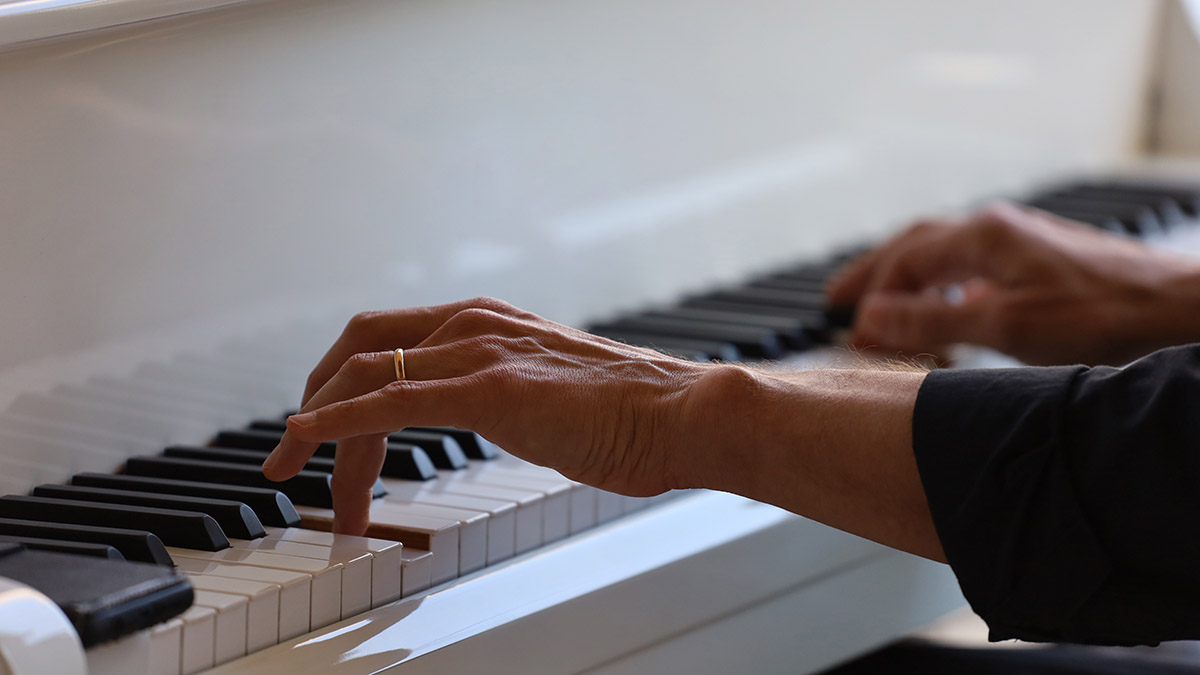

![Josh Groban - You Raise Me Up (Official Music Video) [HD Remaster]](https://i.ytimg.com/vi/aJxrX42WcjQ/hqdefault.jpg)






![Gerry & The Pacemakers - You'll Never Walk Alone [Official Video]](https://i.ytimg.com/vi/OV5_LQArLa0/hqdefault.jpg)
![Ed Sheeran - Supermarket Flowers [Official Audio]](https://i.ytimg.com/vi/bIB8EWqCPrQ/hqdefault.jpg)




![Wiz Khalifa - See You Again ft. Charlie Puth [Official Video] Furious 7 Soundtrack](https://i.ytimg.com/vi/RgKAFK5djSk/hqdefault.jpg)

